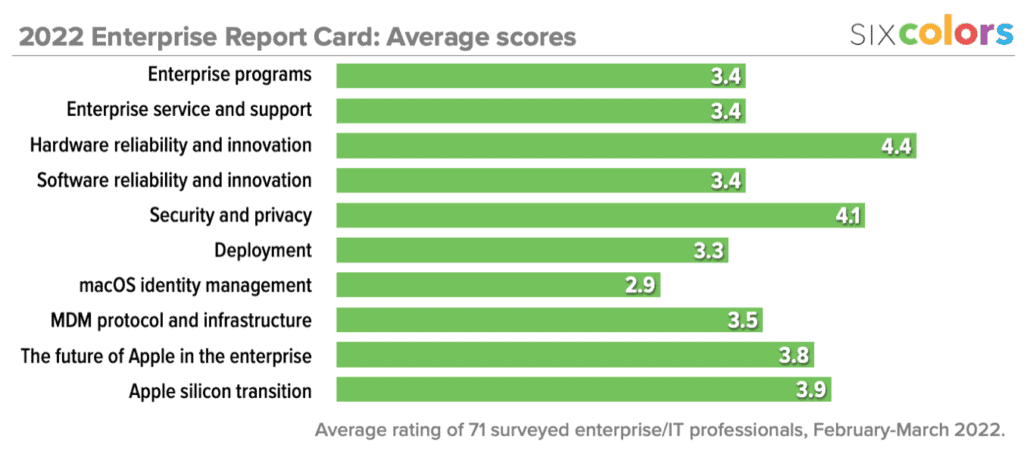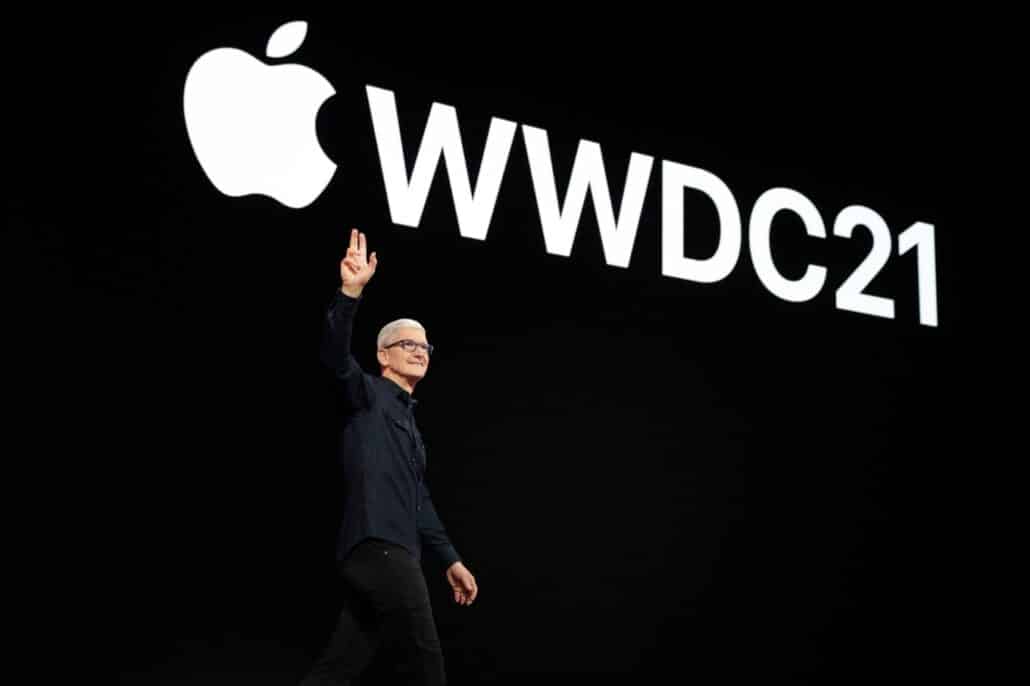
WWDC 2021: I love it when a platform comes together

There was a time when Apple rolled out the next versions of its operating systems and the story went like this: The iPhone and iPad added a bunch of new features, and the Mac got a few of its own and, if it was lucky, a subset of what the iPhone and iPad got.
Apple has spent the last few years unifying its platforms. The subsystems that are shared between macOS, iOS, and iPadOS have been brought back into line. Apple’s newest Macs run on the same processors that power iPhones and iPads. Macs can run apps from iOS—either directly on the M1 processor, or indirectly on Intel or Apple silicon via Catalyst.
The WWDC 2021 Keynote on Monday showed that Apple, after years of work, is moving its platforms forward in lockstep. Nearly every feature Apple announced was followed by the statement that it was available on iPhone, iPad, and Mac alike. Yes, each operating system is still different—iPadOS continues to show signs of being positioned right between the Mac and the iPhone, similar to both but not quite either—but the most important stuff rolls out to all of the devices at once.
Take Live Text, a banner feature of the iOS segment of Apple’s keynote presentation. It automatically recognizes text in images and makes that text searchable, selectable, and editable. A few years ago, that would be an iOS-only feature, but it’s also in macOS Monterey, where you’ll be able to open a screenshot and copy out the text without missing a beat.
Similarly, the redesign of Safari and the introduction of Tab Groups spans all of Apple’s platforms. Tab groups are the same on all devices; add a browser tab in a particular group on the Mac and it’ll be there when you switch over to an iPad.
Reinforcing all of this is the new interactions Apple has built to connect its devices. A couple of years ago macOS Catalina introduced Sidecar, a feature that lets you turn an iPad into an additional display for your Mac. You can use the Apple Pencil on certain windows in certain Mac apps, which is kind of fun. But it’s more one device taking over another than the two of them cohabiting.

Contrast this with Monday’s announcement of Universal Control, a feature I don’t think anyone saw coming. With Universal Control, you can still place a Mac and iPad next to one another, and use them both—but when you point, click, and type on the iPad, you’re no longer just using it as a Mac monitor—instead, it’s still an iPad! It’s just being driven by your Mac keyboard and mouse. The Mac and iPad are allowed to remain true to themselves—but you can control them both without having to move from one set of input devices to another.
And then there’s my favorite announcement of the day: Shortcuts for Mac. With one move, Apple has re-invigorated user automation on the Mac—and it did so by bringing over the system it used to add user automation to iPhone and iPad a few years ago. It seems almost obvious now, but in context this move is a real mind-bender—after all, the Mac is supposed to be the platform for nerdy computery stuff like automation. How in the world could iOS contribute the foundation of a new era in macOS automation?
It turns out that iOS was acting as an incubator, allowing Apple to figure out what it saw as a modern take on user automation… and then, with all its platforms aligned, Apple was able to bring that new approach over to the Mac.
Of course, any iOS apps running on the Mac will be automatically supported by Shortcuts. But Apple isn’t planning on limiting Shortcuts on the Mac: It will support AppleScript, shell scripts, and even import Automator workflows. And in a sign that Shortcuts is here to stay, developers of native Mac apps will be able to add support for Shortcuts, as well.
It took years, and presumably a lot of pain and hard work inside Apple, but the company’s focus on bringing its platforms together is paying off—and the Mac is a huge beneficiary.






